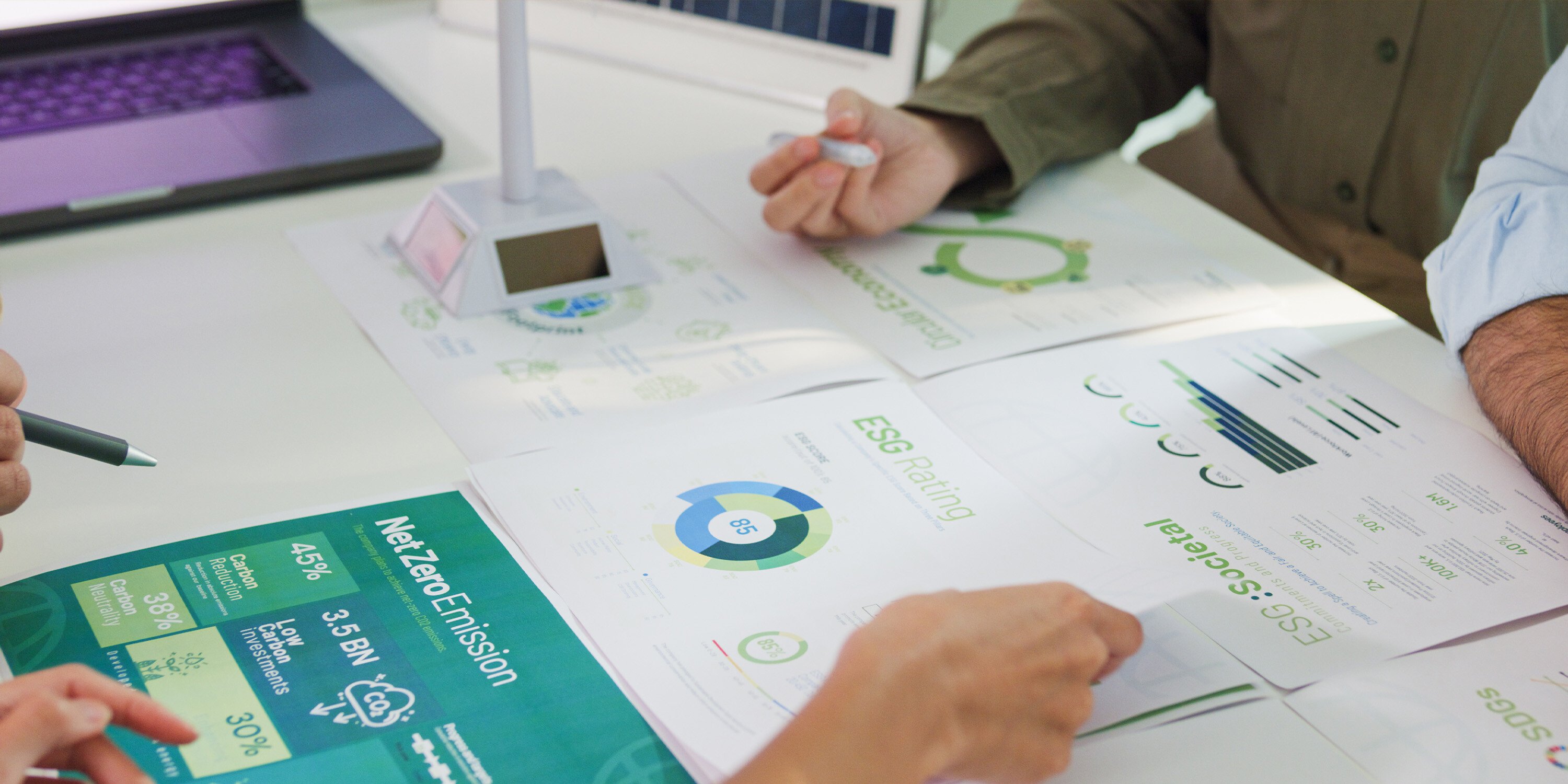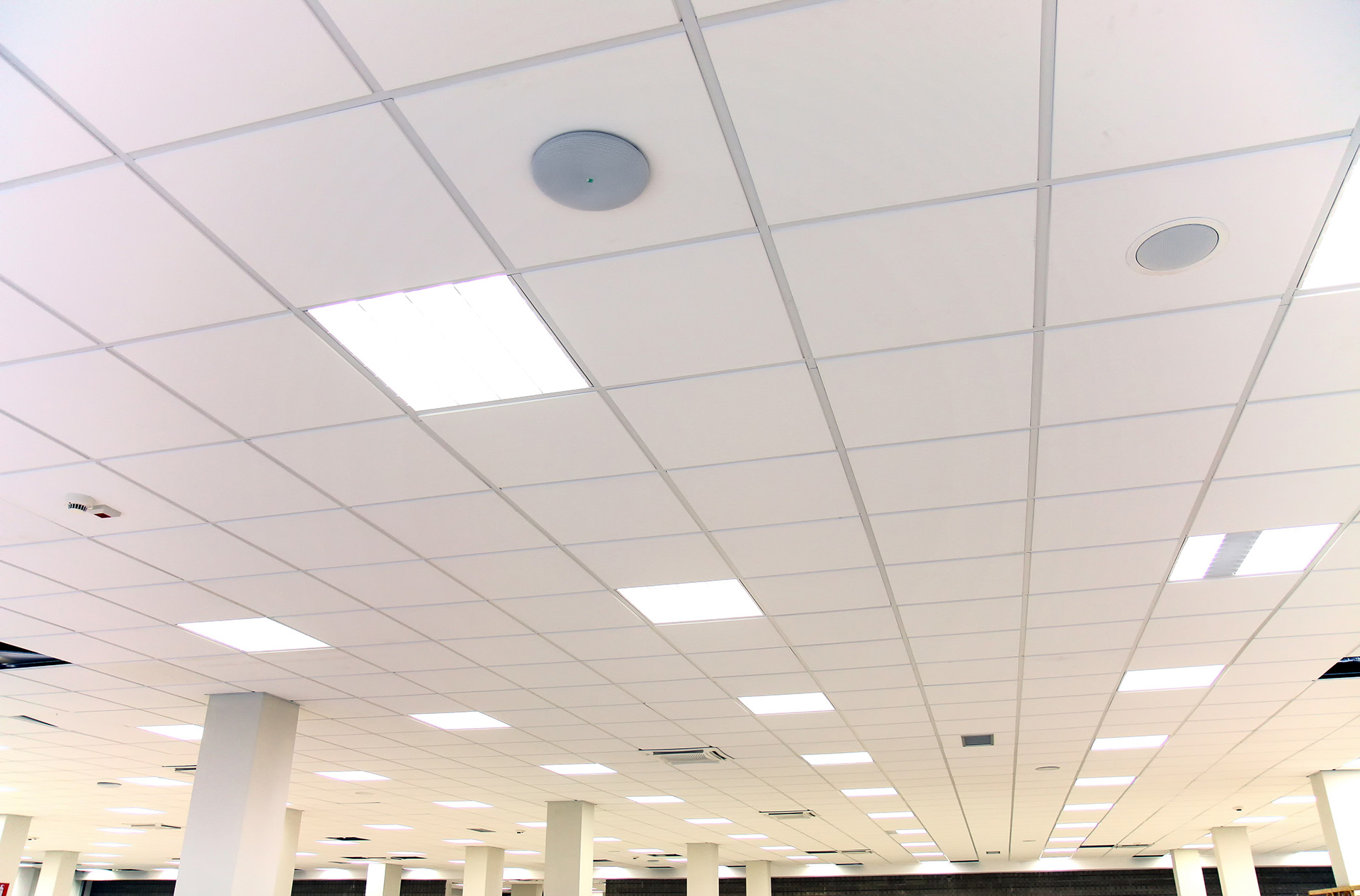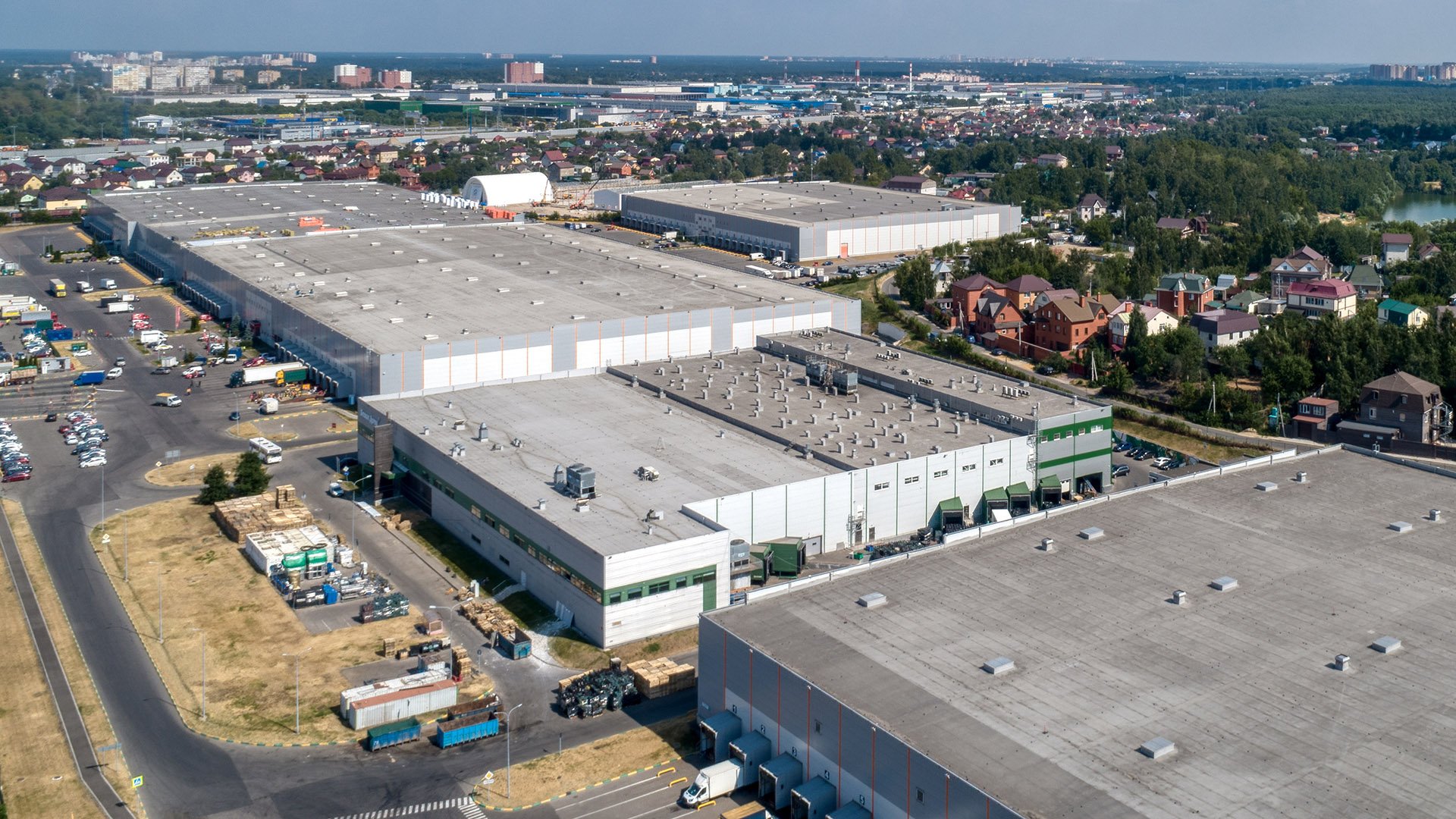Thought Leadership | August 10, 2018
Cash Flow Positive: Financing Energy Efficiency
Energy efficiency retrofits of existing building systems for large commercial and industrial facilities are one of the best investments companies can make to reduce their operational expenses. In higher cost of energy areas of the country, the savings of the projects combined with incentives from the local utility and tax benefits typically result in projects with an annual rate of return greater than 33%.
However, energy efficiency projects can sometimes be a difficult sell to senior management due to the significant capital outlay that some projects require. This is true even in enterprises that can demonstrate significant reasons to improve energy consumption–such as saving costs or for environmental sustainability and corporate responsibility.
If utility incentives pay for half the cost of a $1 million LED lighting upgrade, and the installing contractor is willing to accept that incentive as partial payment (where available), the company must still come up with the remaining $500,000. However, there are options available to help finance energy efficiency projects and remove the barriers of up-front costs: Loans and arrangements like service contracts or leases.
Loans
As is possible for many other types of business expenses, enterprises can borrow money from a bank or other lender to pay the cost for an energy efficiency upgrade. This collateralized loan financing is when the enterprise gets money up front, secures the loan with other assets, and agrees to repay the loan at a certain interest rate over a specific time period. They then use that money to pay the provider for the equipment and installation, and sometimes for the on-going maintenance, as well.
For credit worthy companies, this type of loan can be a good choice. Enterprises often work with banks to secure these types of loans, but there are other options for borrowing the capital needed to finance these projects. These other borrowing options include the equipment provider, other vendors, or state or local programs that provides energy efficiency loans for projects that happen within their jurisdiction. With commercial loan interest rates typically in the 6-8% range, they are a low-cost way to raise capital and to do so quickly.
There are a few advantages to getting a loan to finance energy efficiency upgrades. They are a reasonably simple financial instrument in terms of administration and understanding terms and conditions. Repayment terms can be flexible, and they are a great way to finance multiple capital projects at one time.
The main disadvantage to loan financing is that it increases a company’s debt load. Bank debt covenant compliance is often on the mind of finance professionals and can limit future debt issuance. Another disadvantage is that loans typically require either collateral to secure the loan, like the new energy efficient equipment or other assets like a mortgage, and a down payment, which can be as high as 25% of the full loan value. As with any loan, the enterprise is taking on all the risk here–to purchase the equipment outright and pay back over time.
Service Contracts and Operating Leases
Service contracts and operating leases are forms of financing directly through the provider of the energy efficiency project and equipment. A lease is when the provider still owns the equipment and a service contract is when the provider still owns the equipment and controls its use. Essentially, the provider installs the equipment on the company’s site and allows them to use the equipment for a service fee paid on a regular basis, usually monthly. The provider, which is the manufacturer or third-party vendor, retains ownership of the equipment. At the end of the contract period, the customer can renew the contract, extending the time they are allowed to use the equipment, or purchase the equipment outright at current market value. Operating lease or service contract financing is provided at internal rates of return of 12% to 24%.
Like a loan, customers using the service contract or leasing option make regular fixed payments to rent the equipment. For a long time, this was a preferred way for companies to finance projects because it didn’t get recorded on the balance sheet and, therefore, did not add to the debt burden. However, some companies used this as a way to conceal debt and hide the true picture of their financial health, so the regulations were changed to protect stakeholders and increase transparency. In 2016 the Financial Accounting Standards Board (FASB) issued Accounting Standards Update No. 2016-02, Leases (Topic 842), which many need to start accounting for in 2019. In short, operating leases must be reported on the balance sheet–for all leases both existing and new with terms longer than 12 months, among other criteria.
Sample Financing:
|
Project overview 3-year payback = 33.3% rate of return Installed cost* = $1 million Annual energy cost savings = $333,333 |
Loan overview Terms = 7% over 5 years Annual payment = $237,614 |
Annual cash flow Year 1-5 = $95,719 (Annual savings – annual payment) Year 5+ = $333,333 |
*Not factoring in increases in energy costs and upfront utility incentives
No matter how the project is financed, the goal is to have the financing payments be less than the annual savings so that the company has positive cash flow. The above example demonstrates the value of financing an energy efficiency project. If this business didn’t do this project, they would continue to pay $333,333 in expenses annually. With this project and the proper financing, the company is paying $237,614 every year, saving $95,719 until they pay off the loan in 5 years. When the full cost of the loan is recouped the company will save $333,333 annually due to the installed improvements.
In addition to the obvious savings, the company will get new and more efficient equipment that has secondary benefits like reduced maintenance, better temperature control, tax benefits and improved lighting. Why don’t more companies finance projects for this kind of return, add-on benefits and associated savings?
Adding these kinds of projects to the balance sheet impacts a company’s financial metrics and increases the debt to equity ratio. This can make it more difficult to get the lowest rate possible on future credits and loans. However, the quick payback and operational cost reduction is usually much more of a benefit to companies with healthy balance sheets than the small hit to their debt load.
Long term project benefits
Projects to improve energy efficiency benefit companies in the long run in many ways–including reducing ongoing energy and maintenance expenses, creating a more favorable environment for those working within the facilities, and demonstrating the company’s environmental responsibility. With proper financing, in the forms of loans, service contracts or lease agreements, companies can meet their goals, while improving cash flow for the long term. If you need to find more savings to include in your three to five-year plan, consider an energy efficiency project today.
Related Posts
Discover more content and insights from Mantis Innovation

How to Finance Energy Efficiency Projects
Financing energy efficiency projects is a part of every sustainability initiative. Once a facility is audited and Energy Conservation Opportunities (ECOs) are identified, every company must tackle

Financing Energy Efficiency Projects: A Comprehensive Guide
In today’s world, energy efficiency is no longer a novel concept but a strategic necessity for large-scale commercial and industrial entities. It is a key component of facility management strategy to

Leveraging Commercial Lighting Rebate Programs for Project Cost Savings
In the world of commercial real estate, energy efficiency is no longer a luxury, but a necessity. With the increasing emphasis on sustainability and cost-effectiveness, building owners and operators

7 Steps for Commercial Roofing Program Budget Certainty
Managing day-to-day facility operations often leaves little time for future budgeting concerns, especially for roofing assets. Commercial roofing expenditures can seem unpredictable on one's own,
